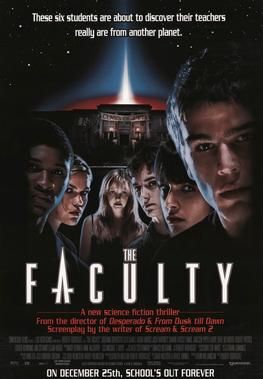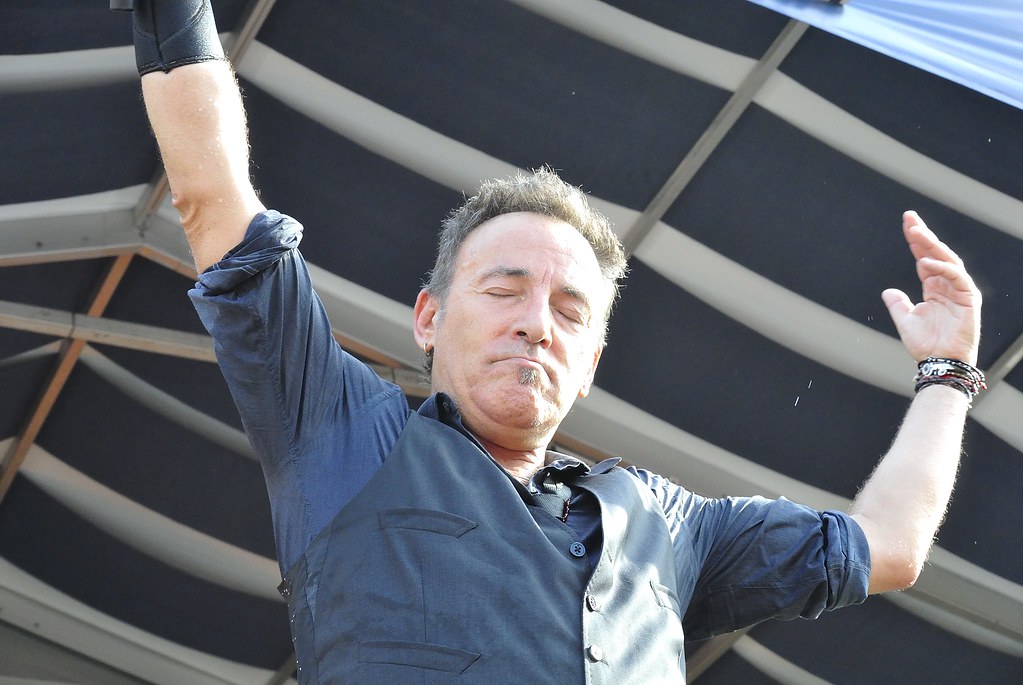
Hollywood. The very name conjures images of glittering dreams, unparalleled celebrity, and the relentless machinery of a global entertainment empire. Far from being merely a geographical district in Los Angeles, this neighborhood has transcended its physical boundaries to become a worldwide synonym for the U.S. film industry and the legions of talented individuals associated with it. From its humble beginnings as a prohibitionist’s vision, it blossomed into “Tinseltown,” a “dream factory” where cinematic magic is meticulously crafted and distributed to eager audiences across the globe.
Yet, beneath the shimmering facade of red carpets and silver screens lies a rich, complex history—a saga of entrepreneurial spirit, strategic maneuvers, and relentless evolution that transformed barley fields and citrus groves into a vibrant metropolis of cultural influence. This in-depth narrative will delve into the very origins of Hollywood, uncovering the pivotal moments and influential figures who laid the groundwork for its unparalleled ascent. We will explore how a quiet suburban dream morphed into the epicenter of moviemaking, propelled by a unique blend of climate, ambition, and a daring escape from monopolistic control.
Join us as we journey through the foundational chapters of this iconic district, revealing the meticulous development, the strategic choices, and the sheer force of will that sculpted Hollywood into the powerhouse it remains today. From the real estate developers who envisioned its first communities to the pioneering filmmakers who sought refuge on its sun-drenched plains, each step in Hollywood’s early life was a deliberate stride towards shaping the industry that would define it. This is the story of how an idea, a name, and a parcel of land became the very heart of American storytelling.
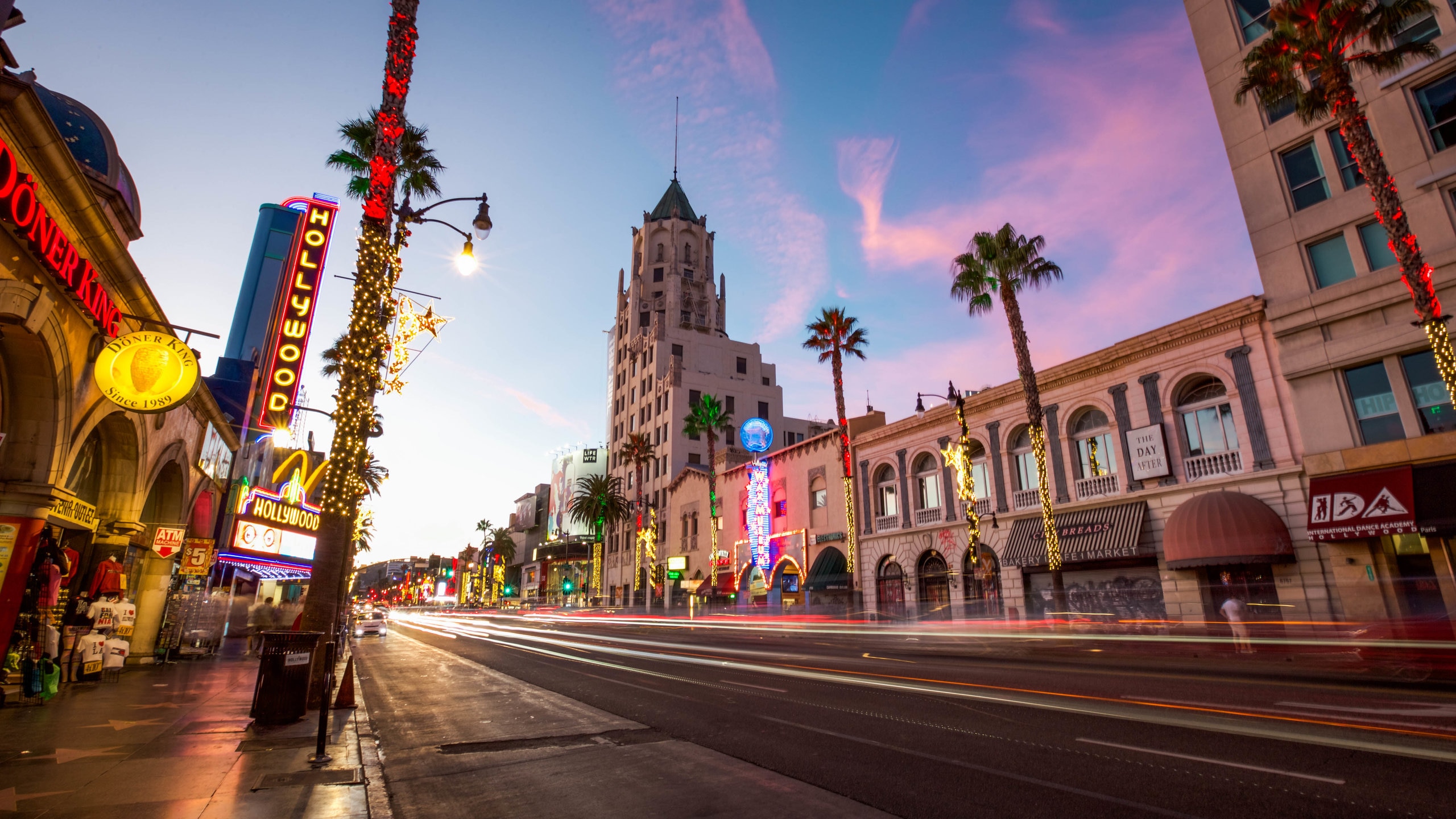
1. **The Visionary Founding of Hollywood: Harvey Wilcox and H.J. Whitley’s Legacy**Before Hollywood became the dazzling beacon of cinematic ambition, it was simply land—a vision in the mind of a few enterprising individuals. Harvey H. Wilcox, a prohibitionist from Kansas, purchased 120 acres on February 1, 1887, envisioning a community rooted in his sober religious principles. It was his wife, Daeida Wilcox, who, inspired by an acquaintance’s Illinois estate, bestowed upon this burgeoning locale the evocative name of “Hollywood.” She famously stated, “I chose the name Hollywood simply because it sounds nice and because I’m superstitious and holly brings good luck,” a sentiment that seems almost prescient given the district’s future fortunes.
However, the transformation of this acreage into a wealthy and popular residential area owes much to the indefatigable efforts of H. J. Whitley, a real estate developer often revered as the “Father of Hollywood.” Whitley orchestrated the purchase of the vast 480-acre (1.9 km2) E.C. Hurd ranch and meticulously shared his ambitious plans for the new town with influential figures like General Harrison Gray Otis, the publisher of the Los Angeles Times, and prominent businessman Ivar Weid. His strategic foresight and unwavering commitment were instrumental in shaping Hollywood’s initial trajectory, pushing it beyond a mere subdivision to a place of genuine promise.
Whitley’s impact extended far beyond land acquisition; he was a pioneer of modern infrastructure, investing thousands of dollars to install crucial amenities such as electricity, complete with electric lighting that illuminated several blocks of Prospect Avenue (later Hollywood Boulevard). He also ensured connectivity by arranging for telephone and gas lines, laying the groundwork for a sophisticated suburb. His development of the Ocean View Tract marked one of the early residential successes, and he further bolstered the area’s growth by building both a bank and a vital road into the Cahuenga Pass. His influence was so profound that his 1918 development, Whitley Heights, a Mediterranean-style village on the hills above Hollywood Boulevard, proudly bore his name and became the area’s first celebrity community.
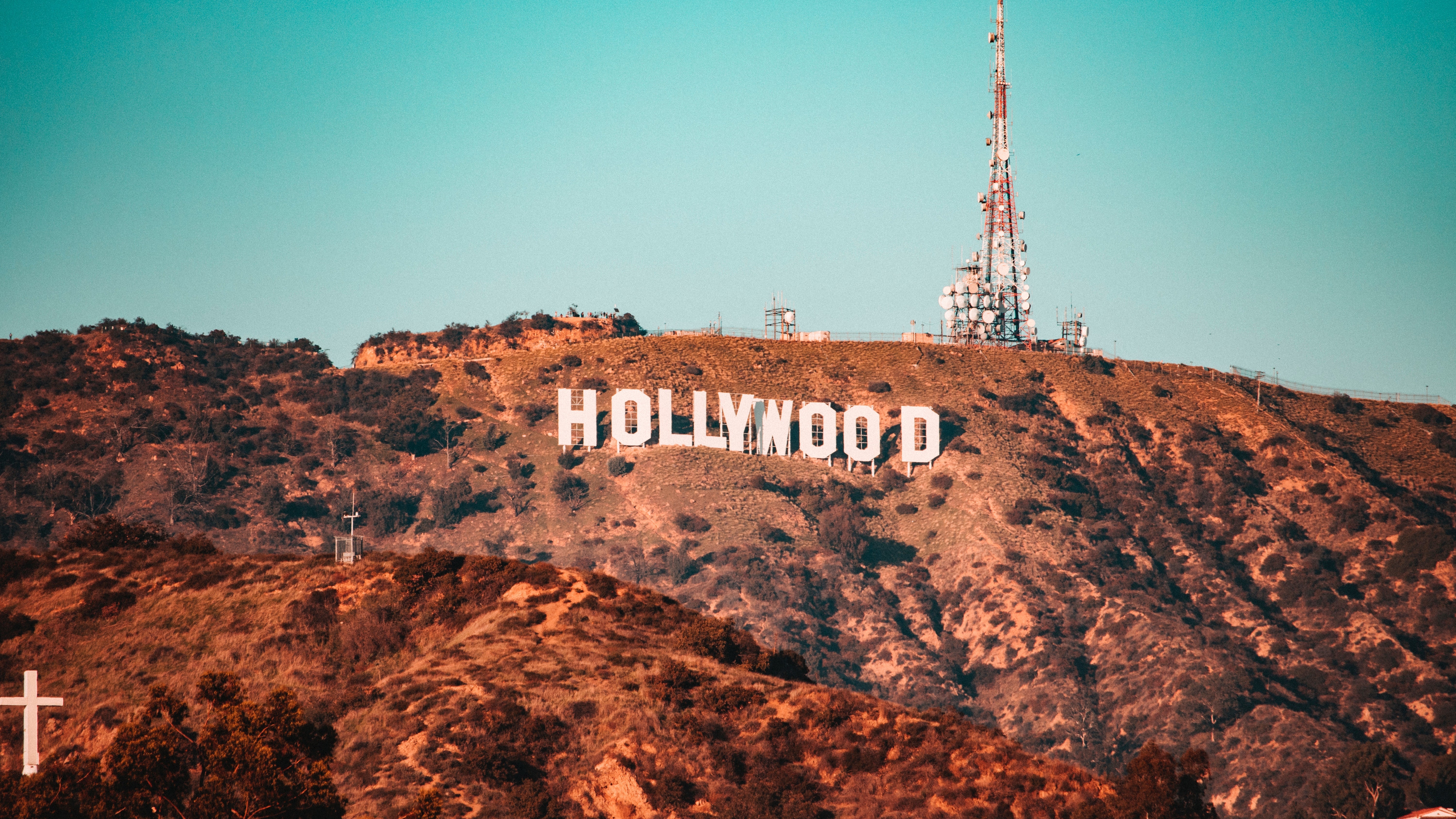
2. **Hollywood’s Early Infrastructure: The Hollywood Hotel and Prospect Avenue**By the turn of the 20th century, the burgeoning community of Hollywood had begun to establish the fundamental infrastructure necessary for a thriving locale, hinting at the future vibrancy that would define it. The year 1900 saw the region equipped with essential services: a post office to connect its residents, a local newspaper to inform them, a hotel to house visitors, and two markets to provide for daily needs. This period marked a crucial transition from an undeveloped expanse to a nascent town, laying the basic foundation upon which its legendary future would be built.
Connectivity to the larger city of Los Angeles, then a distant 10 miles (16 km) to the east through a landscape of vineyards, barley fields, and citrus groves, was a testament to the era’s rudimentary transportation. A single-track streetcar line meandered down the middle of Prospect Avenue, but its service was infrequent, rendering the journey a two-hour commitment. Recognizing the need for improved local movement, the old citrus fruit-packing house, a relic of the area’s agricultural past, was ingeniously repurposed into a livery stable, significantly enhancing transportation options for Hollywood’s early inhabitants and signaling a shift in its economic focus.
A cornerstone of Hollywood’s early social and civic life, and indeed a magnet for its initial growth, was the magnificent Hollywood Hotel. Opened in 1902 by H. J. Whitley, acting as president of the Los Pacific Boulevard and Development Company, this grand establishment was strategically constructed to allure land buyers following the successful subdivision of the Hurd ranch. The hotel, gracing the west side of Highland Avenue and fronting the then-dusty, unpaved but regularly graded and graveled Prospect Avenue (which would later become the iconic Hollywood Boulevard), quickly gained international renown. For many years, it served as the undisputed hub of civic engagement, social gatherings, and, eventually, the residence of many pioneering movie stars, solidifying its place in Hollywood lore.

3. **Hollywood’s Incorporation and Merger: The Quest for Water**Hollywood’s journey to becoming a full-fledged municipality was a democratic, albeit narrow, triumph. On November 14, 1903, the residents cast their votes, deciding by a margin of 88 for to 77 against, to incorporate Hollywood as an independent city. This act of self-governance marked a significant step in the community’s evolution, allowing it to define its own local policies, one of the most notable being a strict stance on alcohol. Shortly after incorporation, on January 30, 1904, voters again made their voices heard, choosing by 113 to 96 to completely banish the sale of liquor within the city limits, with the sole exception of medicinal purposes. This prohibition extended even to hotels and restaurants, which were expressly forbidden from serving wine or liquor before or after meals, painting a picture of a community built on distinctly sober religious principles, as envisioned by its founder, Harvey Wilcox.
However, the ambitions of an independent Hollywood soon collided with practical realities, primarily the crucial need for adequate resources to sustain its growing population. By 1910, the limitations of its own infrastructure, particularly an insufficient water supply and the absence of a proper sewer system, became undeniable challenges that threatened to impede its progress. Faced with these pressing concerns, the city made a monumental decision: its residents voted for a merger with the much larger and more resourceful city of Los Angeles. This strategic annexation was not merely an administrative formality; it was a pragmatic choice to secure essential utilities, ensuring Hollywood’s continued development and viability.
The merger with Los Angeles brought about significant changes that reshaped Hollywood’s urban landscape and identity. Perhaps the most symbolic alteration was the renaming of the central artery, Prospect Avenue, which officially became the world-renowned Hollywood Boulevard. This change was more than cosmetic; it precipitated a comprehensive renumbering of all street addresses within the newly annexed district. For instance, what was once 100 Prospect Avenue, situated at Vermont Avenue, transformed into 6400 Hollywood Boulevard, while 100 Cahuenga Boulevard, at Hollywood Boulevard, was re-designated as 1700 Cahuenga Boulevard. These adjustments reflected Hollywood’s new status, seamlessly integrating it into the expansive fabric of Los Angeles while retaining its distinctive allure.

4. **Escaping Edison: The Exodus of Filmmakers to California**The genesis of Hollywood as the undisputed capital of the American film industry is a story rooted in both opportunity and necessity, driven by the relentless pursuit of artistic freedom and favorable conditions. By 1912, a significant migration was underway, as major motion-picture companies began to gravitate westward, establishing their production hubs in or near Los Angeles. This exodus was largely a strategic maneuver to escape the suffocating grip of Thomas Edison’s Motion Picture Patents Company, based in New Jersey. In the early 1900s, Edison’s powerful conglomerate held a near-monopoly on camera and equipment patents, relentlessly suing filmmakers to halt their productions and control the burgeoning industry. Moving to Los Angeles offered a geographical buffer, making attempts to enforce Edison’s patents far more difficult to evade and allowing filmmakers to operate with greater autonomy.
Beyond the legal reprieve, Southern California presented an irresistible allure of its own. The region boasted an ideal climate for filmmaking, characterized by abundant sunshine that ensured consistent lighting for outdoor shoots throughout the year. Coupled with this, the diverse terrain—encompassing everything from majestic mountains to expansive plains—provided quick and easy access to a myriad of settings, allowing filmmakers to capture a vast array of cinematic backdrops without extensive travel. The relatively low land prices in Hollywood further cemented its appeal, making it an economically attractive location for establishing the sprawling studios that would soon become synonymous with the district.
These combined factors transformed Los Angeles into the undeniable capital of the film industry in the United States. It was in this fertile environment that pioneering work began to take shape. Director D. W. Griffith holds the distinction of being the first to produce a motion picture directly in Hollywood. His 17-minute short film, “In Old California” (1910), crafted for the Biograph Company, marked a seminal moment, signaling the dawn of a new era of storytelling born on the sun-drenched plains of the West Coast. Interestingly, while Hollywood itself had banned movie theaters—of which it had none—prior to its annexation, the larger city of Los Angeles imposed no such restrictions, creating an open market for the cinematic creations that would soon flood from its new industrial heartland.
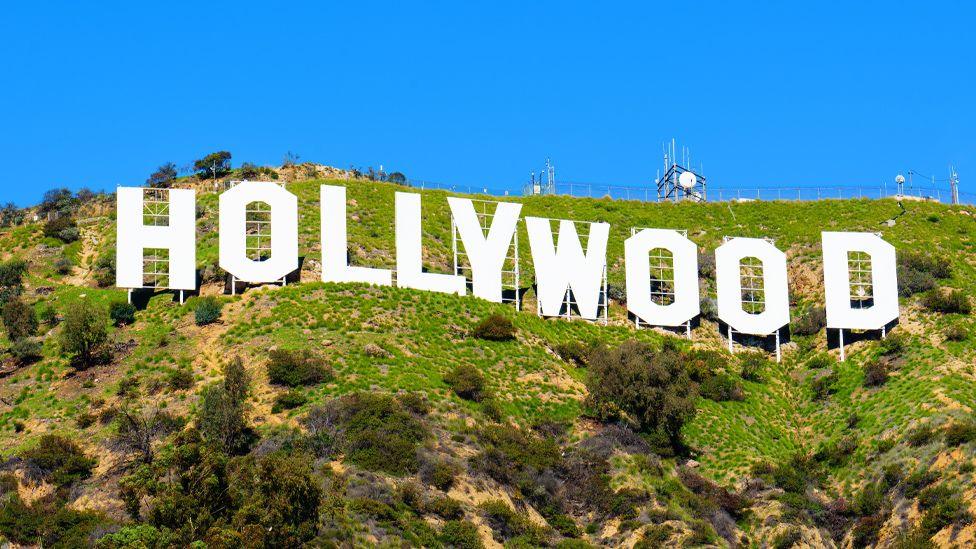
5. **The Birth of Tinseltown: Hollywood’s Transformation into a Global Film Capital**The relocation of filmmakers to Southern California set the stage for Hollywood’s meteoric rise, quickly solidifying its status as the world’s cinematic epicenter. The very first studio within Hollywood opened its doors in early 1913 on Formosa Avenue, though the Nestor Film Company is cited as the first to establish itself in October 1911 within a roadhouse at 6121 Sunset Boulevard, at the corner of Gower. This nascent period saw a flurry of activity, and by 1915, with a continuous influx of independent filmmakers from the East Coast, Hollywood definitively became the vibrant center of the American film industry, leaving its competitors in the dust.
This era was marked by the emergence of powerful figures who would shape the industry for decades to come. In 1913, luminaries such as Cecil B. DeMille, Jesse Lasky, Arthur Freed, and Samuel Goldwyn famously joined forces to establish the Jesse Lasky Feature Play Company, a venture that would ultimately evolve into the legendary Paramount Pictures. DeMille himself produced “The Squaw Man” in a humble barn located just one block from what is now Hollywood Boulevard and Vine Street, a testament to the industry’s modest beginnings before its rapid expansion. This foundational work laid the blueprint for the box-office successes that would soon flood from Hollywood’s rapidly multiplying studios.
The scale of Hollywood’s ambition and growth was staggering. Four of the major film companies—Paramount, Warner Bros., RKO, and Columbia—established their formidable studios within Hollywood, complemented by a host of minor companies and rental studios. This concentration of creative and industrial power propelled Hollywood into an economic powerhouse; by the 1920s, the film industry here had astonishingly become the fifth-largest industry in the entire nation. The momentum only intensified into the 1930s, when Hollywood studios achieved a state of full vertical integration, taking command of production, distribution, and exhibition. This comprehensive control enabled them to churn out an astounding 600 films per year, an industrial marvel that cemented Hollywood’s reputation.
It was during this period of explosive growth and unparalleled output that Hollywood earned its enduring monikers: “Tinseltown” and the “dream factory.” These evocative names perfectly captured the glittering, often fantastical image of the movie industry it fostered—a place where dreams were manufactured on an epic scale, captivating audiences worldwide and solidifying its legendary status as the undisputed home of cinematic storytelling. The sheer volume of content, combined with the glamorous illusion it projected, created a cultural phenomenon unlike any other.

6. **The Iconic Hollywood Sign: From “Hollywoodland” to a Global Landmark**Perched majestically in the Hollywood Hills, the iconic Hollywood Sign stands as an enduring symbol, recognized instantly across the globe. Yet, its origins are far removed from the celebrity and cinematic grandeur it now represents. When first erected in 1923, the sign actually read “HOLLYWOODLAND,” a grandiose advertisement for a new housing development spearheaded by real estate developers Woodruff and Shoults. This colossal structure was never intended to be a permanent fixture, originally slated to stand for only a year and a half. Its initial purpose was purely commercial, a towering billboard beckoning potential buyers to the burgeoning residential area below, a testament to the real estate boom that predated Hollywood’s full cinematic explosion.
As decades passed, the “HOLLYWOODLAND” sign, like many early Hollywood endeavors, fell into disrepair. Its fate hung in the balance until 1949, when the Hollywood Chamber of Commerce intervened, striking a pivotal contract with the City of Los Angeles to repair and rebuild the deteriorating landmark. This agreement came with a crucial stipulation: the suffix “LAND” was to be permanently removed, transforming the sign to simply spell “HOLLYWOOD.” This deliberate act was profoundly symbolic, shifting the sign’s identity from a mere housing advertisement to a powerful emblem of the entire district, embodying its burgeoning fame and cultural significance, embracing its role as a global entertainment hub rather than just a real estate venture.
Today, the HOLLYWOOD sign remains the most visible and beloved symbol of the district, a beacon for dreamers and tourists alike. Its presence atop Mount Lee sparks constant interest, yet getting close to the sign itself can be a contentious issue, primarily due to pressure from local homeowners concerned about privacy and traffic. Nevertheless, numerous vantage points offer spectacular views, from the archway at Ovation Hollywood to a dead-on glimpse from Beachwood Drive, or the favorite all-around perspective near Lake Hollywood Park. For those seeking a truly immersive experience, a trek along the closed-to-public-vehicles road on Mt. Lee Drive promises an unparalleled 360-degree panoramic view of the cityscape, placing visitors directly above the legendary letters, offering a unique perspective on Hollywood’s enduring allure.


